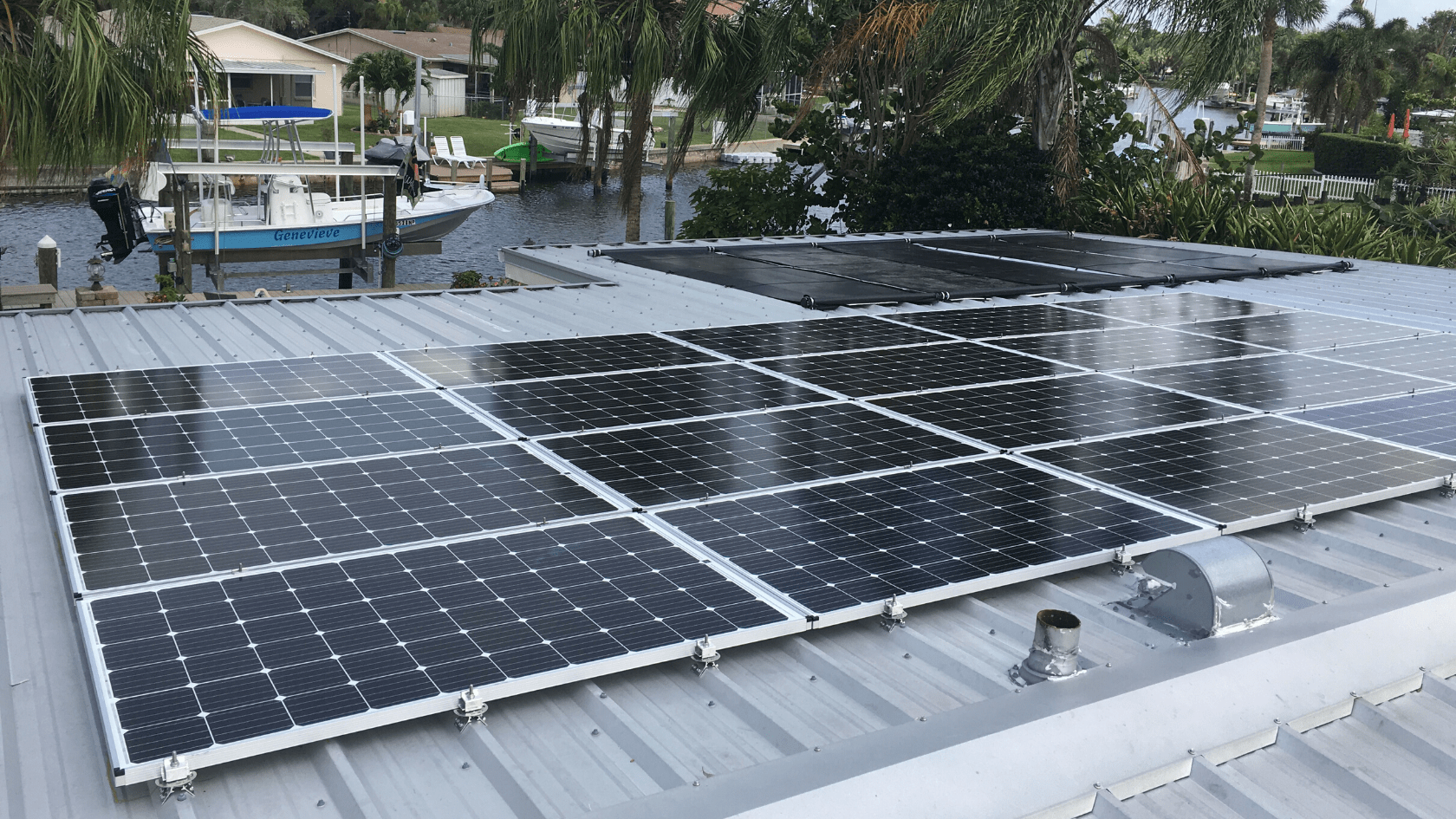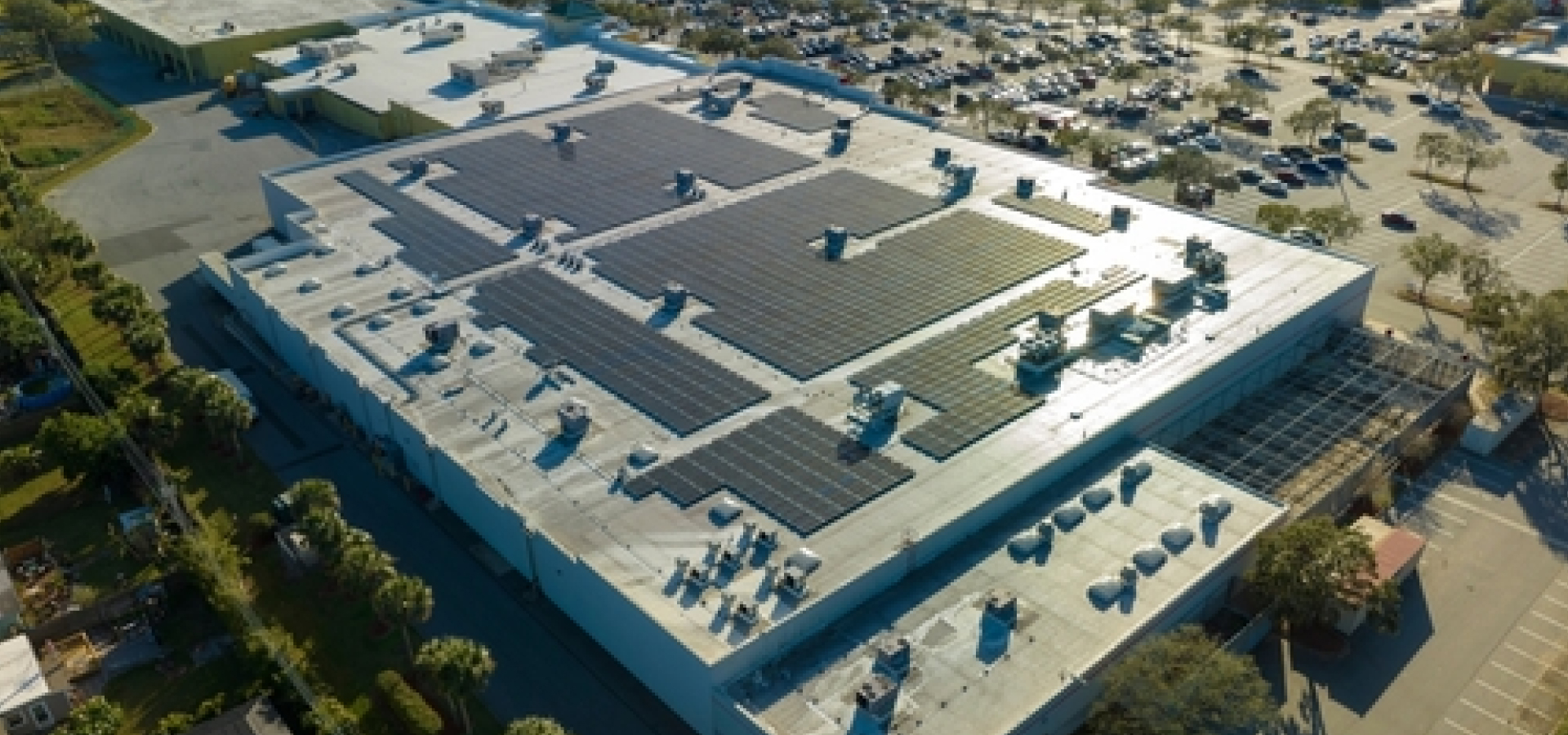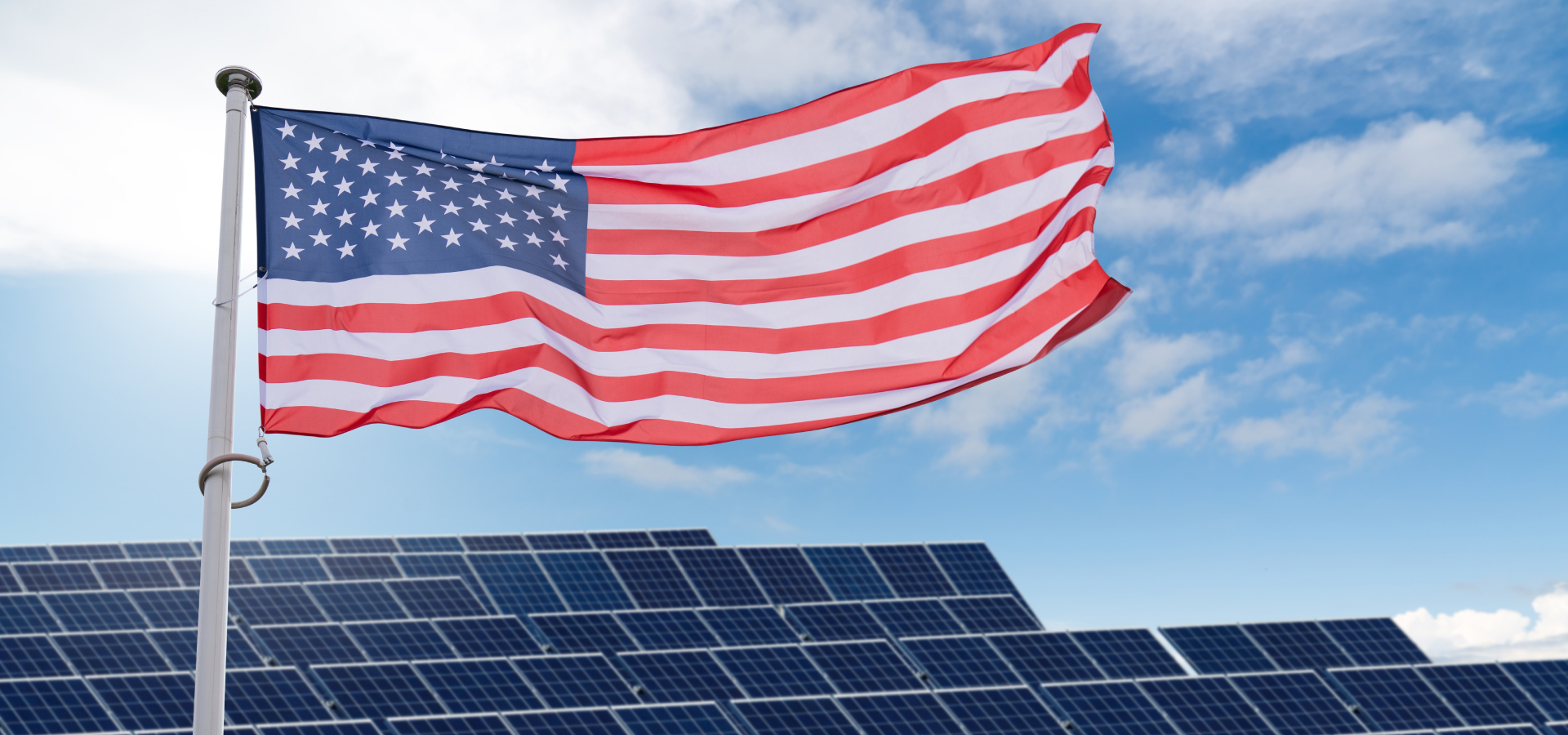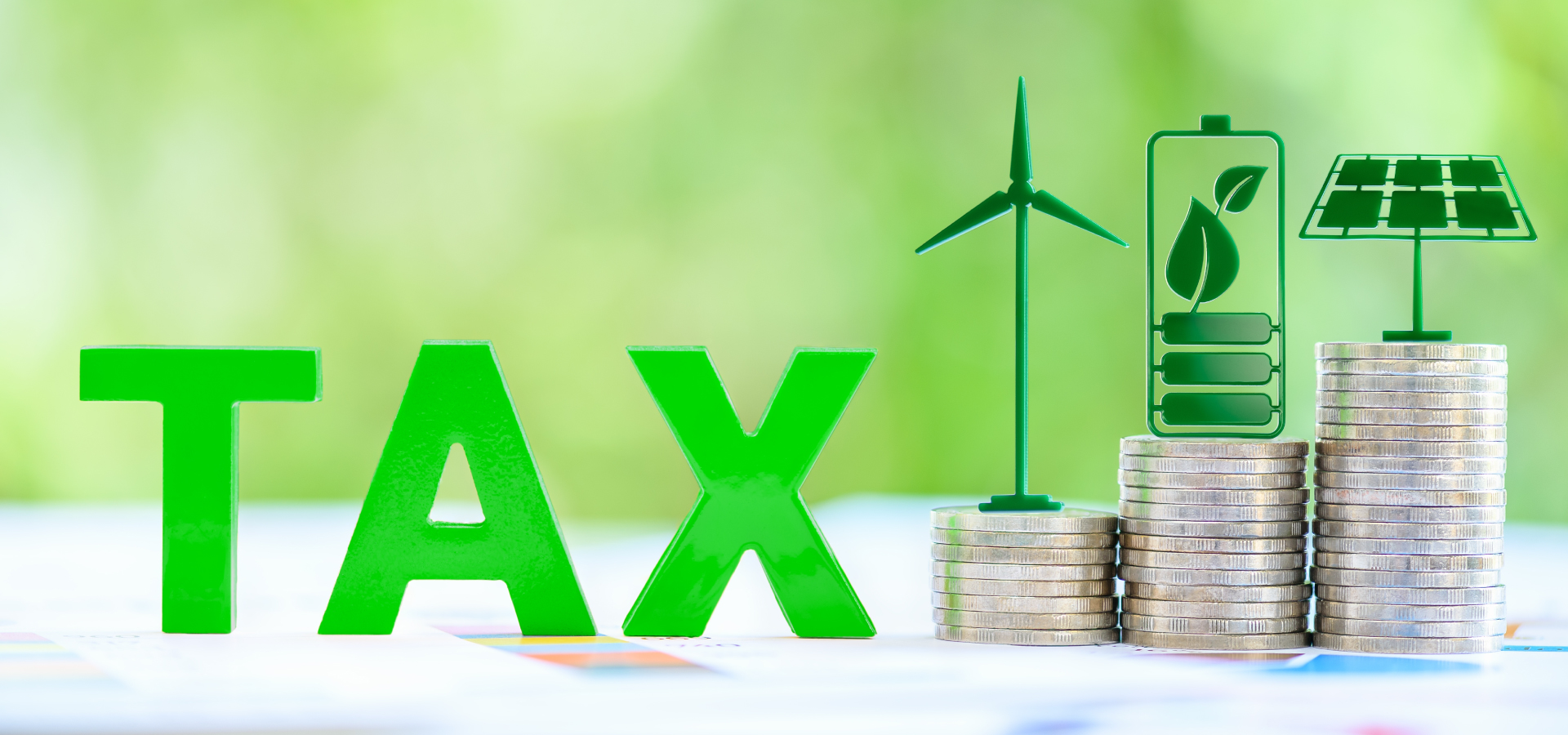Why It’s Financially Smarter to Go Solar
Most people don’t think about their electric bill that much. To most, it feels like one of those payments that will continue forever, and even increase over time. But the recent pandemic may be shifting that mindset.
As COVID-19 continues, many families are at home using more energy to cook, play video games, run the air conditioning and heat the pool. Since all of these activities demand energy, many families will see a higher energy bill during this stay-at-home period.
But here’s the truth: If your home has full sun on the roof most of the day, there is no reason to pay a high electric bill.
In this blog, we’ll discuss the cost-effectiveness of solar power, and how it can help you take back control of your energy costs.
Grid-Tied Systems: Solar Panel Systems with the Shortest ROI
Provided that clients have enough room on their roof for solar panels, Tampa Bay Solar helps clients reduce their electric bills down to peanuts — in fact, Tampa Bay Solar has already helped over 600 clients do just that.
When you switch to solar, you still have to pay a monthly connection fee to the electric company. This fee is $34 for WREC customers, $17 for TECO customers, and $10 for Duke customers. But these fees are still significantly cheaper than standard monthly electric bills.
The solar arrays with the shortest return on investment are the grid-tied systems that pull from the electric company at night and the solar panel array during the day. All of the utilities listed above participate in a net-metering program that allows homeowners to feed kilowatts back to the wider power grid during the day.
This means that homeowners with grid-tied solar have two dynamic sources of energy into the home: The electric company and the solar panel array on the roof.
Solar without a connection to the grid requires additional equipment and a large battery array. The founder of Tampa Bay Solar, Steve Rutherford, has a fully off-grid solar array and battery backup on his home in Tampa, but the battery alone cost more than most grid-tied systems!
What Makes Solar Panels a Cost-Effective Option?
The advantage that Tampa Bay Solar has over solar companies is our deep knowledge and experience with grid-tied systems, grid-tied systems with batteries and fully off-grid autonomous systems.
Even with zero-cash down, grid-tied systems tend to pay for themselves. Plus, when financed through a consumer loan, the payment on your solar panels will equal the monthly offset. For example, if Tampa Bay Solar designs a solar array that generates $100 per month in free electricity, the payment on that system will be about $100. Similarly, if you require a larger solar panel array that generates $300 per month, your monthly payment will be right around $300. And as utility prices increase, your solar panel array that generates $300 per month in free energy right now might generate $400 or $500 per month by the year 2030.
Most of Tampa Bay Solar’s clients pay off their systems in the first 4 or 5 years. And once these clients pay off their solar arrays, they get free energy for decades, while also increasing the value of their home by 4% according to a 2019 study done by Zillow.com.
All loan payments on solar will eventually end, but those photovoltaic (PV) panels on your roof will last 30 to 40 years. This means these rooftop solar panel systems will pay for themselves 4 or 5 times before the PV solar panels need replacement in the year 2050!
While we can only speculate where solar technology will be in 30 years, it’s certain that all ground transportation will be powered by electricity or some other non-fossil fuel energy source by that time. In 30 years, we’ll still need power companies, and there might even still be homes with zero solar — but how high will electric bills be in 2050? Factoring in inflation and demand for electricity, we could be looking at $2,000 per month or more.
But what we do know for certain is exactly how much a solar array will cost right now, and the fact that these panels will last multiple decades. So why wait? Contact us today for your free energy audit, and we’ll help you discover affordable options for installing solar panels today.




